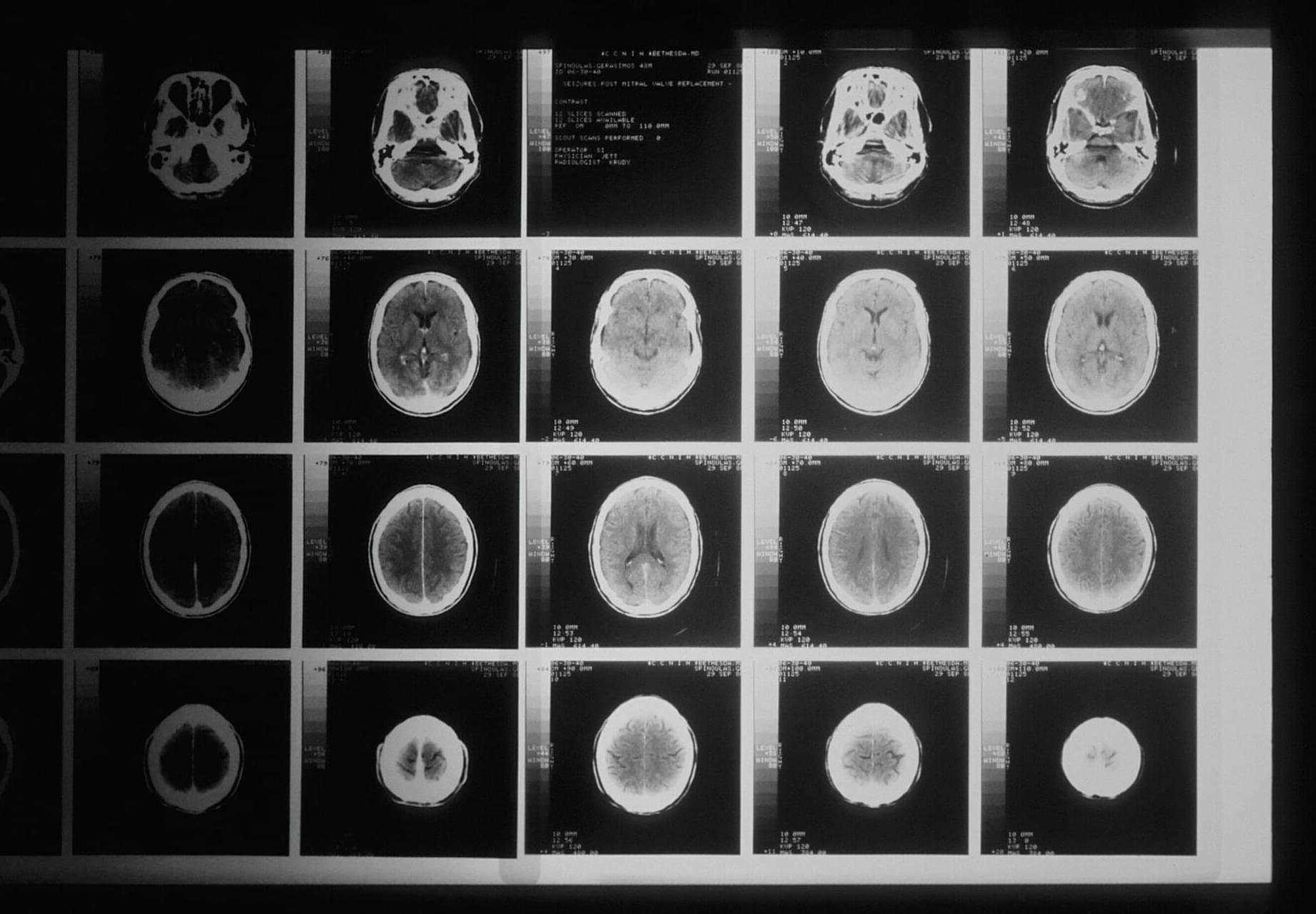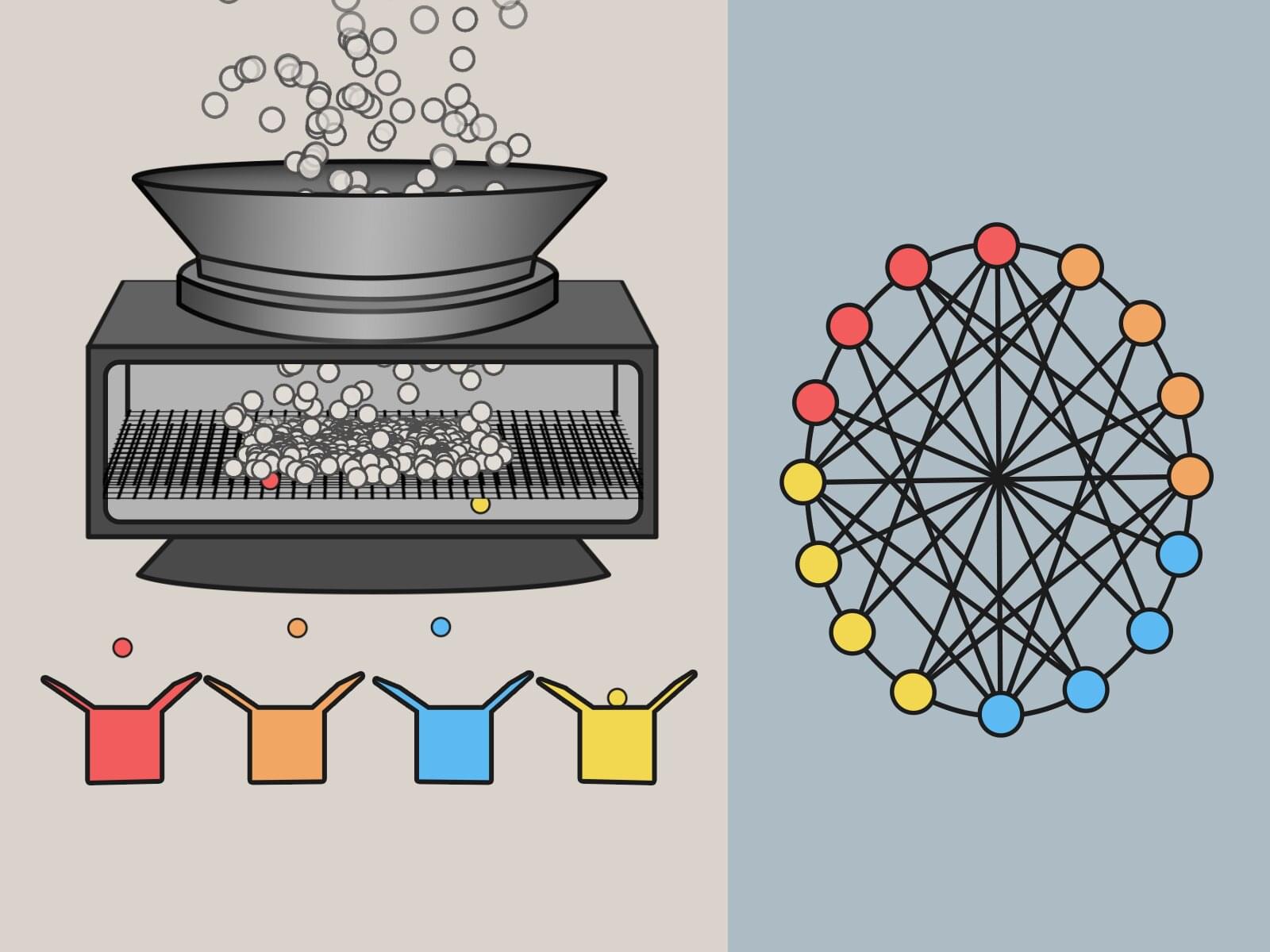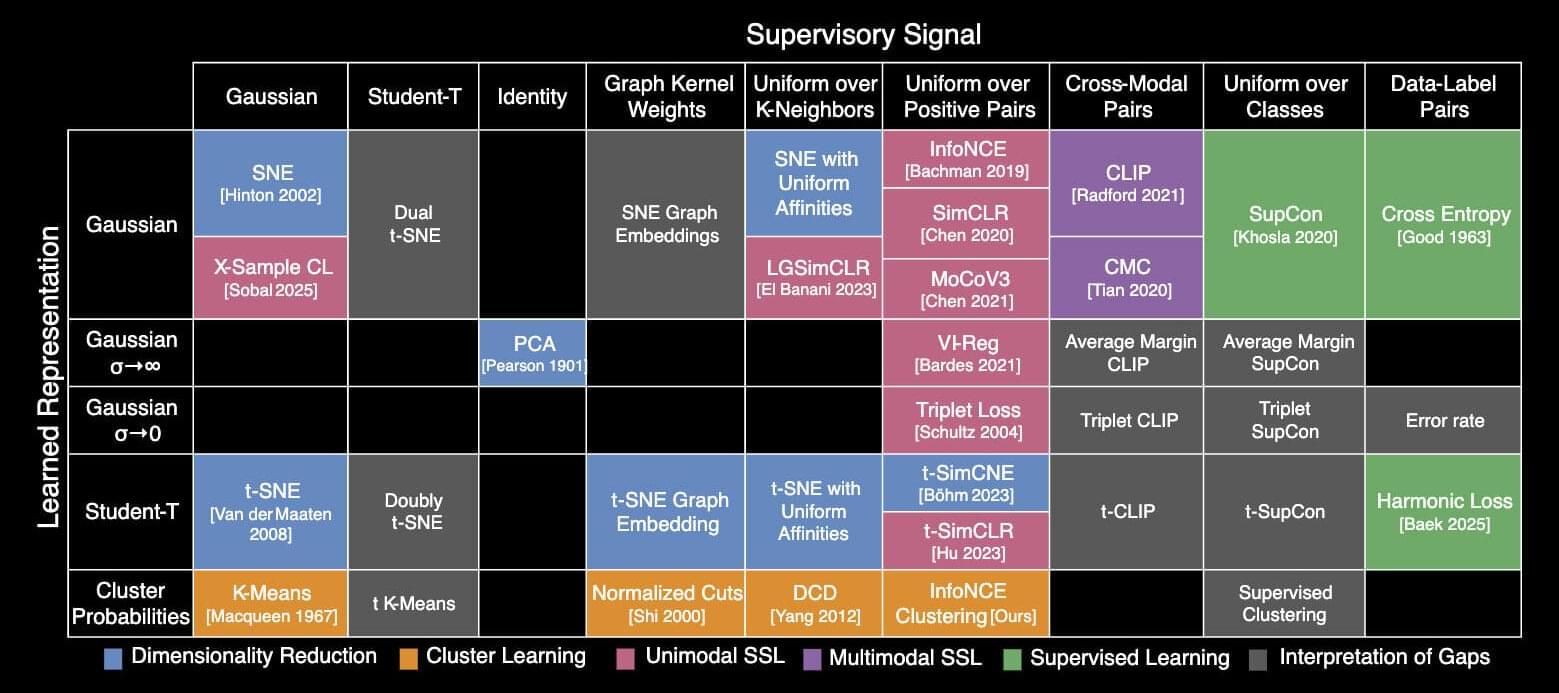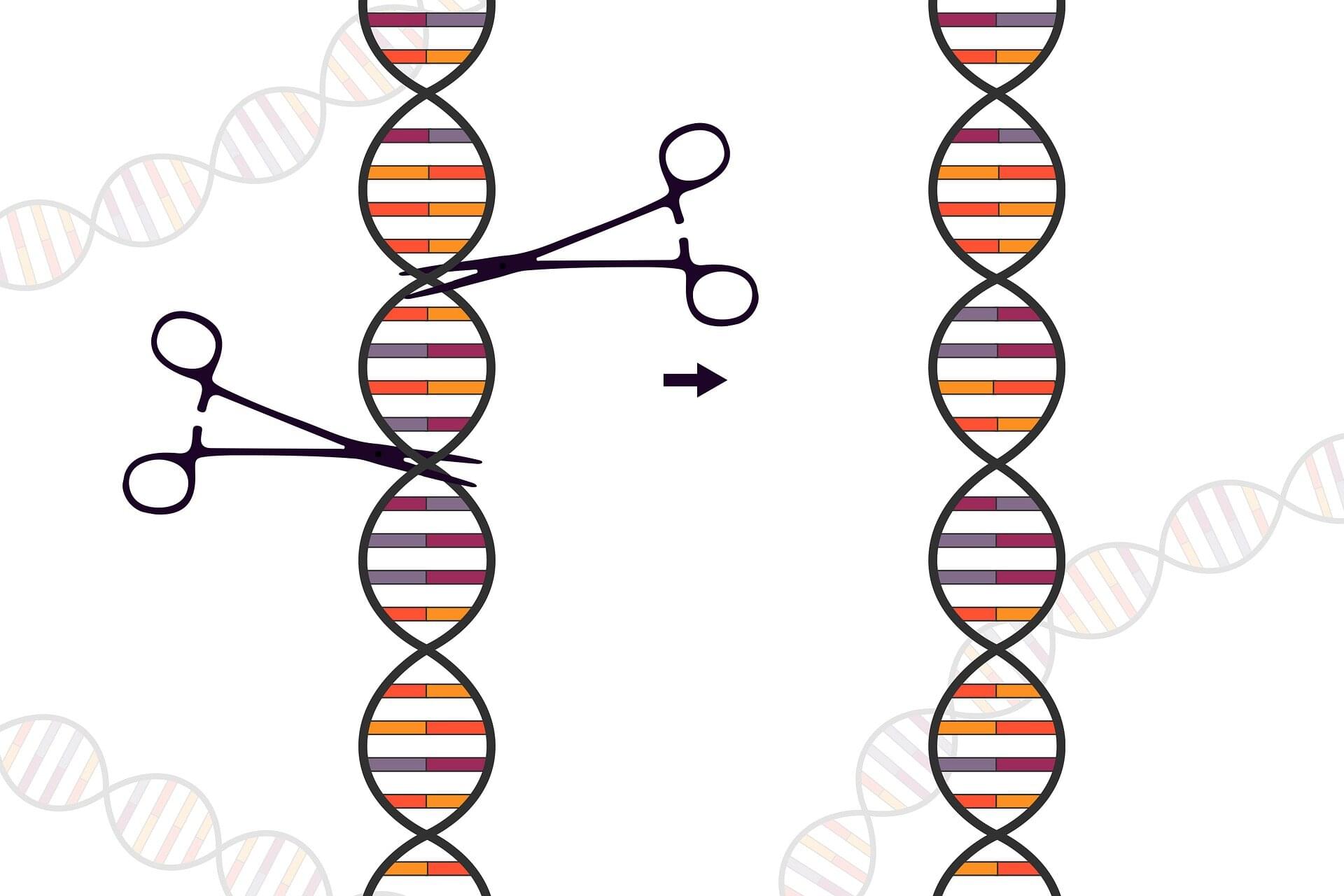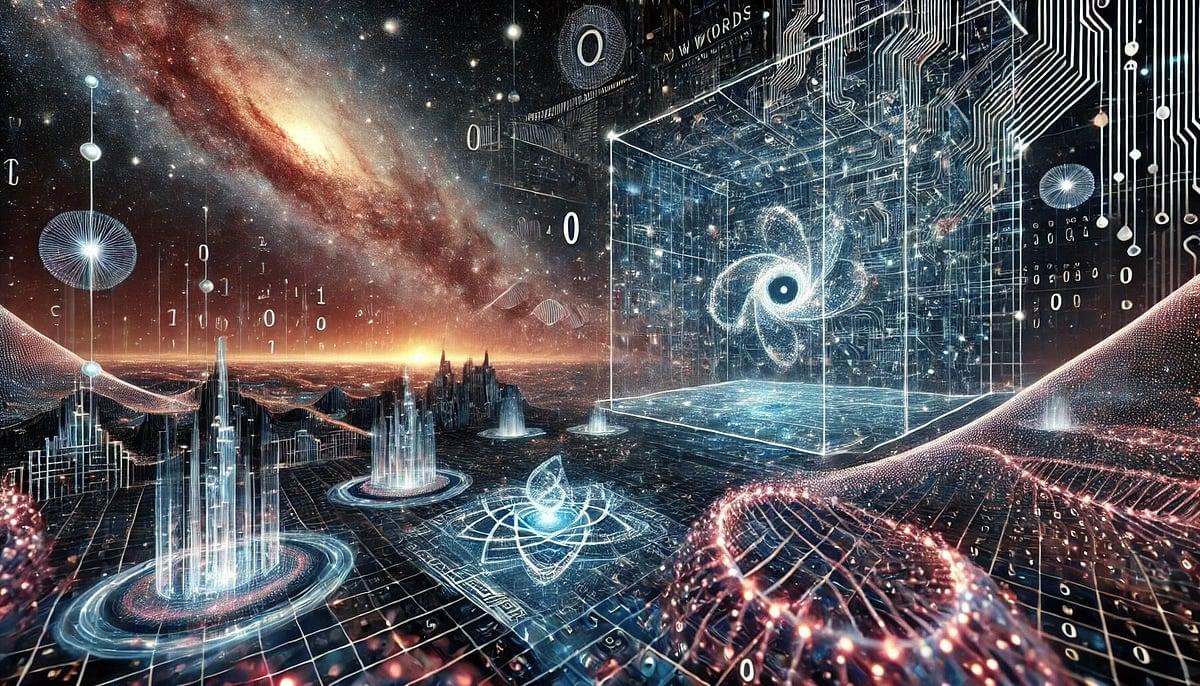ChatGPT and alike often amaze us with the accuracy of their answers, but unfortunately, they also repeatedly give us cause for doubt. The main issue with powerful AI response engines (artificial intelligence) is that they provide us with perfect answers and obvious nonsense with the same ease. One of the major challenges lies in how the large language models (LLMs) underlying AI deal with uncertainty.
Until now, it has been very difficult to assess whether LLMs designed for text processing and generation base their responses on a solid foundation of data or whether they are operating on uncertain ground.
Researchers at the Institute for Machine Learning at the Department of Computer Science at ETH Zurich have now developed a method that can be used to specifically reduce the uncertainty of AI. The work is published on the arXiv preprint server.

